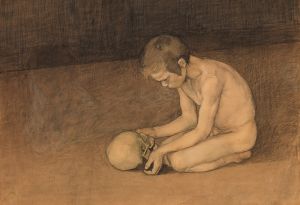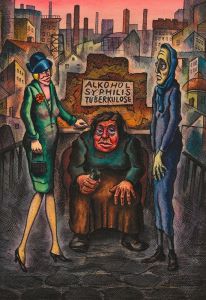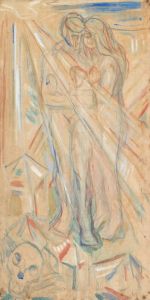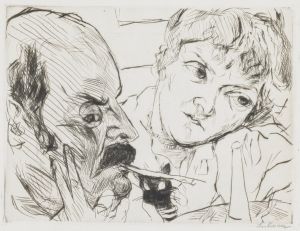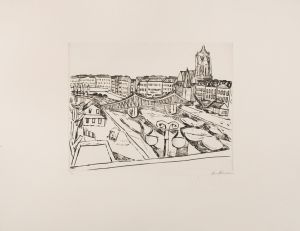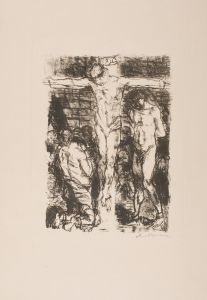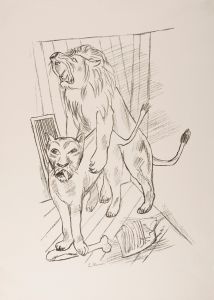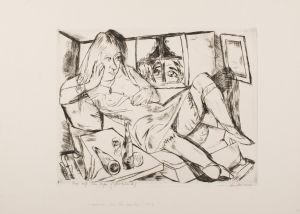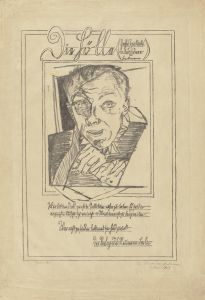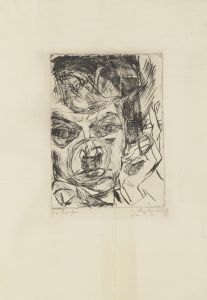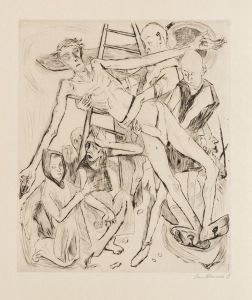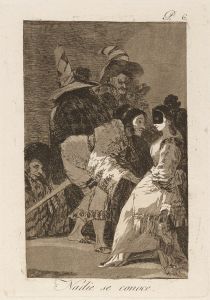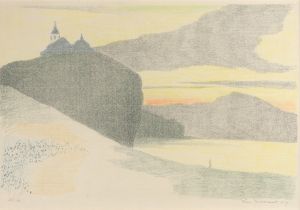
Die Nacht
A hand-painted replica of Max Beckmann’s masterpiece Die Nacht, meticulously crafted by professional artists to capture the true essence of the original. Each piece is created with museum-quality canvas and rare mineral pigments, carefully painted by experienced artists with delicate brushstrokes and rich, layered colors to perfectly recreate the texture of the original artwork. Unlike machine-printed reproductions, this hand-painted version brings the painting to life, infused with the artist’s emotions and skill in every stroke. Whether for personal collection or home decoration, it instantly elevates the artistic atmosphere of any space.
"Die Nacht" (The Night) is an oil painting created by the German artist Max Beckmann between 1918 and 1919. This work is one of Beckmann's most famous pieces and is often cited as a quintessential example of German Expressionism, a movement that sought to convey emotional experience rather than physical reality.
Max Beckmann was born in Leipzig, Germany, in 1884 and became one of the leading figures in the Expressionist movement. His work is characterized by a bold use of color, distorted figures, and a focus on the darker aspects of human experience. "Die Nacht" is a powerful representation of these themes, reflecting the chaos and trauma of the post-World War I era.
The painting depicts a nightmarish scene of violence and terror within a cramped, claustrophobic interior. The composition is chaotic, with figures twisted and contorted in a manner that suggests both physical and psychological torment. The central figure, a man, is being attacked by two intruders, while a woman and a child are also caught in the turmoil. The distorted forms and exaggerated expressions of the figures convey a sense of panic and despair.
"Die Nacht" is often interpreted as a response to the social and political upheaval in Germany following World War I. The war had a profound impact on Beckmann, who served as a medical orderly on the front lines. The trauma of the war and the subsequent instability in Germany are reflected in the painting's themes of violence and suffering. The work can be seen as a commentary on the brutality and senselessness of war, as well as the fragility of human life.
The painting's style is typical of Beckmann's work during this period, characterized by a departure from the more traditional forms of representation. Instead, Beckmann employs a more abstract and expressive approach, using sharp lines and stark contrasts to heighten the emotional intensity of the scene. The use of dark, somber colors further enhances the painting's mood of despair and hopelessness.
"Die Nacht" is housed in the Kunstsammlung Nordrhein-Westfalen in Düsseldorf, Germany. It remains a significant work in the study of German Expressionism and is frequently analyzed for its artistic and historical significance. The painting is a testament to Beckmann's skill as an artist and his ability to capture the complexities of human emotion and experience.
Max Beckmann's "Die Nacht" continues to be a powerful reminder of the impact of war and the enduring human capacity for both violence and resilience. Its haunting imagery and emotional depth ensure its place as a pivotal work in the canon of 20th-century art.





